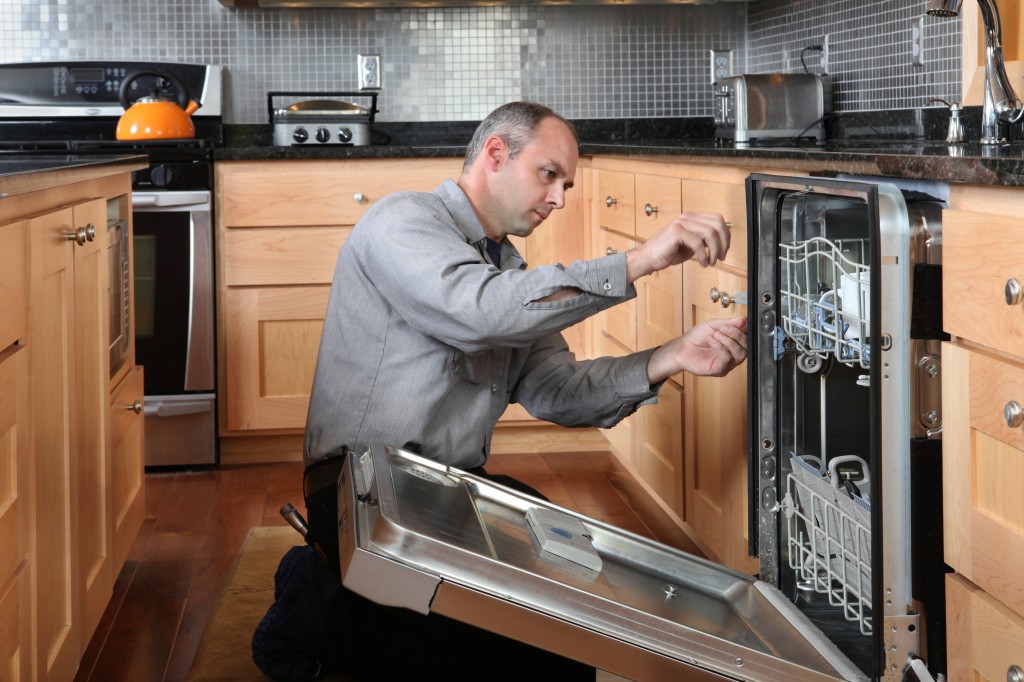Appliance repair worth the cost?
They say they don’t make them like they used to—and they’re right
Advertisement
They say they don’t make them like they used to—and they’re right

Share this article Share on Facebook Share on Twitter Share on Linkedin Share on Reddit Share on Email
I’m chucking my 4 1/2 year old Maytag (2016-2020 RIP).
The agitator broke three years in. A professional fixed it by replacing a plastic part with a metal part (He wasn’t impressed it was plastic). A year & half later the agitator quit again. My husband replaced the screw that was reused after the repairman changed the part. It lasted a month, it’s broken again.
It is a top loading machine with out the agitator post. It didn’t wash great. The agitator would twist the clothes in one direction, twist-relax, twist-relax, but always in one direction so that the material would come out in a twist. With clothes, I would toss them in the dryer and shake them out of their twist. With the bigger items, like a sheet or duvet cover, I would hold them up to untwist and would always notice that there were dry spots on the sheets. Spots that didn’t get washed OR rinsed. I wonder how many spots got washed but not rinsed or rinsed but not washed.
The machine was $900 +tax & delivery, the repair was $325. The screw $10.
Model MVWX655DW1 mine is a lemon.